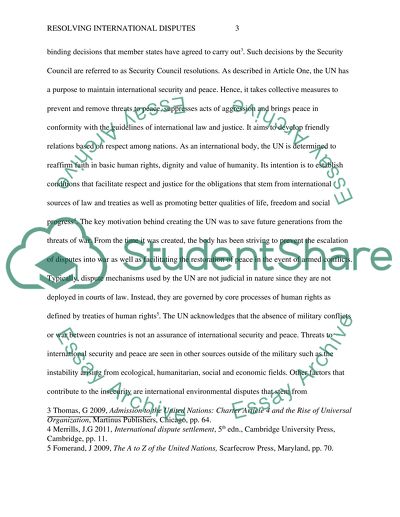Cite this document
(“Resolving International Disputes. What Mechanisms are Available to the Essay”, n.d.)
Resolving International Disputes. What Mechanisms are Available to the Essay. Retrieved from https://studentshare.org/law/1494985-what-mechanisms-are-available-to-the-united
Resolving International Disputes. What Mechanisms are Available to the Essay. Retrieved from https://studentshare.org/law/1494985-what-mechanisms-are-available-to-the-united
(Resolving International Disputes. What Mechanisms Are Available to the Essay)
Resolving International Disputes. What Mechanisms Are Available to the Essay. https://studentshare.org/law/1494985-what-mechanisms-are-available-to-the-united.
Resolving International Disputes. What Mechanisms Are Available to the Essay. https://studentshare.org/law/1494985-what-mechanisms-are-available-to-the-united.
“Resolving International Disputes. What Mechanisms Are Available to the Essay”, n.d. https://studentshare.org/law/1494985-what-mechanisms-are-available-to-the-united.


